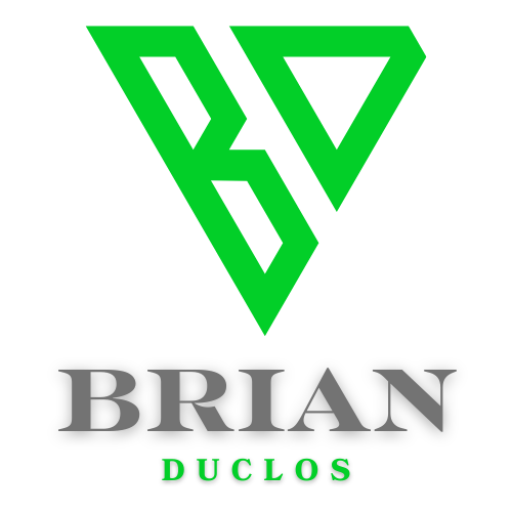👤 Audience: Parents of Neurodivergent Kids Buying Support Tools and Programs
by brianduclos | Jun 4, 2025 | Uncategorized |
👥 Demographics
- Age: 28–50
- Gender: Primarily female (moms), though engaged fathers are rising in this segment
- Income Level: Middle-income to upper-middle-income households ($45K–$100K)
- Education: High school to college-educated, often self-educated on neurodiversity
- Location: Suburban and urban areas, with strong online community presence
- Life Stage: Parents of young children, tweens, and teens (K–12 age range)
🧠 Psychographics
- Values: Empowerment, advocacy, early intervention, progress over perfection
- Pain Points: Overwhelm, lack of resources, feeling misunderstood by traditional systems
- Emotional Triggers: “Help my child thrive,” “Am I doing enough?”, “What else can I try?”
- Goals: Find proven tools, improve child’s daily life, access expert guidance, reduce meltdowns/stress/anxiety at home
📹 Preferred Content Formats
- First-person testimonials
- Product and program walkthroughs
- Interviews with experts or other parents
- Guided routines and tool demonstrations
- Resource roundups and reviews
- Facebook Groups – Support-based community sharing
- YouTube – Expert advice, long-form explanations, real-life applications
- Instagram Reels/TikTok – Relatable short-form parenting wins/struggles
- Pinterest – Visuals of sensory-friendly setups, charts, checklists
- Email – Weekly curated resources and tools
🎤 Ideal Presenter Type
- Age: 30–45
- Tone: Empathetic, supportive, experienced but relatable
- Gender: Typically female (mom), but inclusive of fathers or co-parenting duos
- Style: Calm, well-researched, emotionally intelligent, with lived experience or expert insights
📣 Top-Performing Content Angles/Hooks
- “This one visual schedule reduced our daily meltdowns by 80%”
- “What I wish I had known when my child was diagnosed”
- “5 tools we use every day for our sensory-seeking child”
- “How I built a neurodivergent-friendly home on a budget”
- “The 3 programs that actually helped my child speak/read/focus”
🛍️ Affiliate Products They Buy
- Visual + Sensory Tools:
- Educational & Therapy Programs:
- Parenting Courses + Online Support:
💰 Ideal Product Price Range
- Entry: $15–$50 (tools, fidgets, checklists)
- Core Products: $75–$250 (programs, bundles, online coaching)
- Premium: $300+ (comprehensive therapy programs, coaching packages)
💸 Typical Affiliate Earnings
- Entry-Level: $100–$500/month (low-ticket volume + trusted content)
- Intermediate: $1,000–$3,000/month with blog + YouTube combo
- Top-Tier: $5k–$10k+/month with courses, product bundles, and trusted authority brand
🔁 Recurring vs. One-Time Commission Opportunities
- Recurring: Monthly membership programs, learning apps, therapy resources
- One-Time: Tools, course bundles, downloadable kits, sensory products
🎁 Lead Magnet Ideas That Would Convert
- “Free Printable Visual Schedule Template”
- “Top 10 Sensory Tools Every Parent Should Know About”
- “Checklist: Is This the Right Program for My Child’s Needs?”
- “Free Guide: 5 Calming Activities That Actually Work”
📢 Ad Angles That Work
- “Struggling with meltdowns? This helped our family instantly.”
- “If your child is neurodivergent, this tool is a game changer.”
- “I tried dozens of resources—here’s what actually worked.”
- “Support your child without burning yourself out”
🚫 Major Turn-Offs or Mistakes Marketers Make
- Using pity-based or exaggerated language
- Promoting generic or non-specific tools
- Failing to build trust through real use, video, or testimonials
- Treating all neurodivergent needs the same — lack of specificity
- Selling hard without offering education or support first
